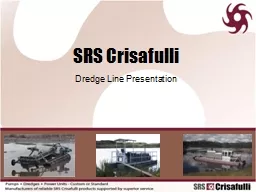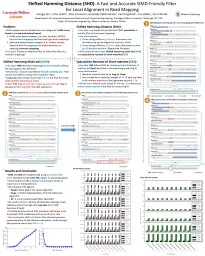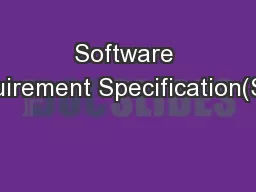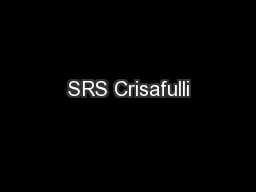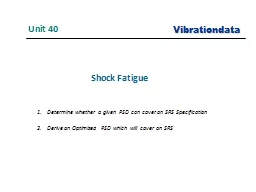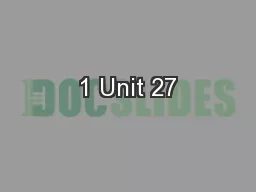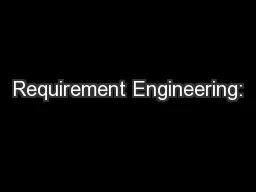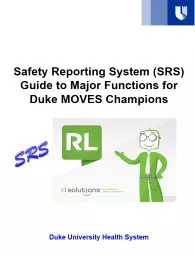PPT-SRS Crisafulli
Author : jane-oiler | Published Date : 2017-12-08
Dredge Line Presentation Flump Remote Controlled Unmanned Electric Dredges Electric powered Direct drive from motor to pump increases efficiency Electricity from
Presentation Embed Code
Download Presentation
Download Presentation The PPT/PDF document "SRS Crisafulli" is the property of its rightful owner. Permission is granted to download and print the materials on this website for personal, non-commercial use only, and to display it on your personal computer provided you do not modify the materials and that you retain all copyright notices contained in the materials. By downloading content from our website, you accept the terms of this agreement.
SRS Crisafulli: Transcript
Download Rules Of Document
"SRS Crisafulli"The content belongs to its owner. You may download and print it for personal use, without modification, and keep all copyright notices. By downloading, you agree to these terms.
Related Documents

